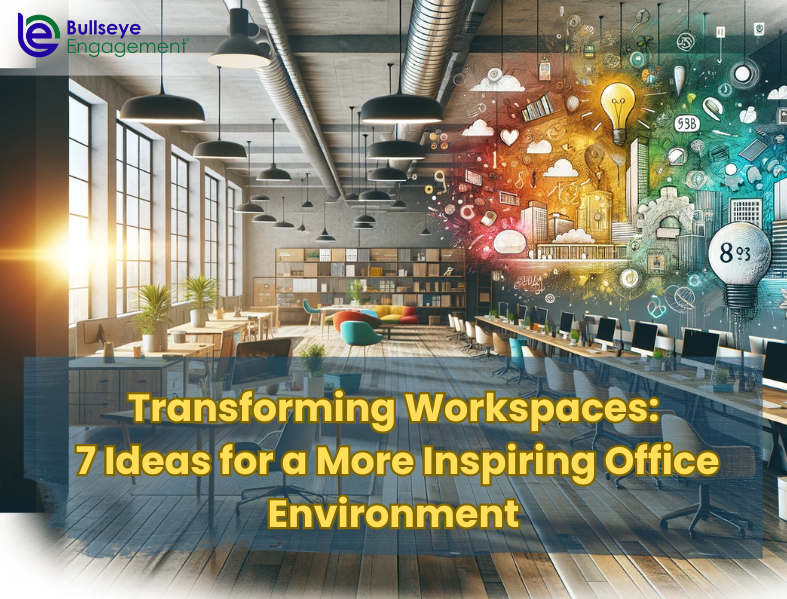By Kiel Welk, Director of Marketing, Brainier Solutions
The reshaping of the modern workplace due to the disruptions of 2020 has produced an interesting byproduct: employee engagement is up. In a Gallup poll from May of 2020, engaged employees hit an all-time high of 38% of those polled. It seems when faced with a new and unique challenge, finding a way forward can be quite motivating for some. But, despite this rise in engagement, the task of incorporating learning to the employee experience is far from complete. Learning and development plans must be reexamined to ensure they are contributing to this engagement. Here are a few ways to make sure your L&D programs are focused on engaging the learner and their overall experience.
Setting Learning as a Priority
For some employees, learning and development isn’t always an organic experience. Some may be resistant to ongoing learning as they feel enough pressures to complete their day-to-day duties. Leadership has the opportunity to influence the organization’s culture by emphasizing the importance of training. Making ongoing training efforts a priority on the level of routine duties for employees can help to shape the way learners engage with their L&D programs.
Communicating the “what’s in it for me?” or WIIFM of learning is often necessary to the learning experience (and the employee experience, as a whole). While every learning objective should contribute to broader, organization goals to be sustainable, employees should be able to spot the WIIFM in every course, exam, or program. Leadership at every level can offer support for learner engagement through multiple channels, from memos to conversations during stand-up meetings to one-on-one check-ins.
Balancing Tech with Talk
A modern learning management system can deliver learner analytics that contain a wealth of information. Not only that, it can offer perspective on the overall status and progress of an organization’s learning goals. Automation in human resources duties is changing the status quo for the way management approaches the profession. Using the right work science tech makes it possible for the system to highlight users or groups that are in need of special attention.
Work-science analyst, Josh Bersin, puts it like this: “In a sense, we are moving from a market of feedback to one of “management development,” where the system becomes a real “management system” to help us continuously improve.” Technology is making it easier to track the signs of an engaged learner. Conversely, it can highlight learners not engaging.
Technology alone cannot replace the human part of human resources. Obtaining meaningful and accurate feedback on the process should be gathered from frequent check-ins with learners to gauge the effectiveness of the learning programs. It’s through these types of conversations that learning leaders can create a more personalized learning path and experience for the individual.
Spending Time on Strategy
Successful L&D programs are not a once-a-year obligation in the same way that performance management is more than simply an annual review. Learning strategies should be continually examined and optimized. Learning leaders focused on ways for users to further engage in learning should consider the learner’s experience. This begins with the way they navigate to learning content. This process should be an easy process and often works well using a single sign-on approach stemming from their HR system of record.
Within the LMS, behavioral nudges built into the platform can help users engage with learning programs. These often take the form of gamification elements such as implementing a points system with badges and leaderboards to compare learning activities with their peers. Another effective behavioral nudge is to create curated learning libraries for users and groups to help them find optional courses and learning activities within the system.
Use People to Help People
The internet is filled with learning content, even though it might not be termed as such. And more than ever, people are adept at finding and creating learning content. According to Pew Research, 86% of YouTube users report using the site to learn how to do new things. It seems there is an appetite for both the consumption and creation of user-submitted learning content. Why should an organization’s L&D program be any different?
If a learning leader is tasked with creating a curriculum to onboard a new employee, the best resource to go to is logically the team of people that currently do that task. It has never been cheaper or easier to create custom learning content as the average smartphone contains enough technology to be effective. Creating and uploading user-submitted learning content could be effective in maintaining best practices, workshopping ideas for local challenges, and spurring innovation.
The social nature of people and learning naturally creates an opportunity for mentorship programs. A modern LMS can help facilitate these types of relationships through the formation of subgroups of learners, sharing and recommending learning content and information via forums and comments, as well as messaging tools. Even for those remote employees, keeping mentorship programs intact is possible with a capable hub for learning activities.
Creating an Engaging Experience
While there is no standard blueprint for what a successful L&D plan looks like, there are common traits for programs soon to be unsustainable. Organizational learning is best when it is put into practice often, measured accordingly and honestly, and ultimately adapted to fit the changing needs of the organization. The concept of engaging employees has changed dramatically in recent years, aided by advances in work-science technology. But, one constant is the human connection necessary to help people perform at their best for the good of the organization and especially for themselves.
Thank you to our friends at Brainier for contributing this week’s article. Brainier is an award winning Learning Management System and a proud technology partner of BullseyeEngagement. Brainier’s Knowledge Technology helps your business achieve breakthrough results through better enterprise e-learning that will educate, engage & empower your employees. BullseyeEngagement’s Talent Development Portal can connect with Brainier’s Learning Management System so users can easily assign training to employees and track completion. Learn more


